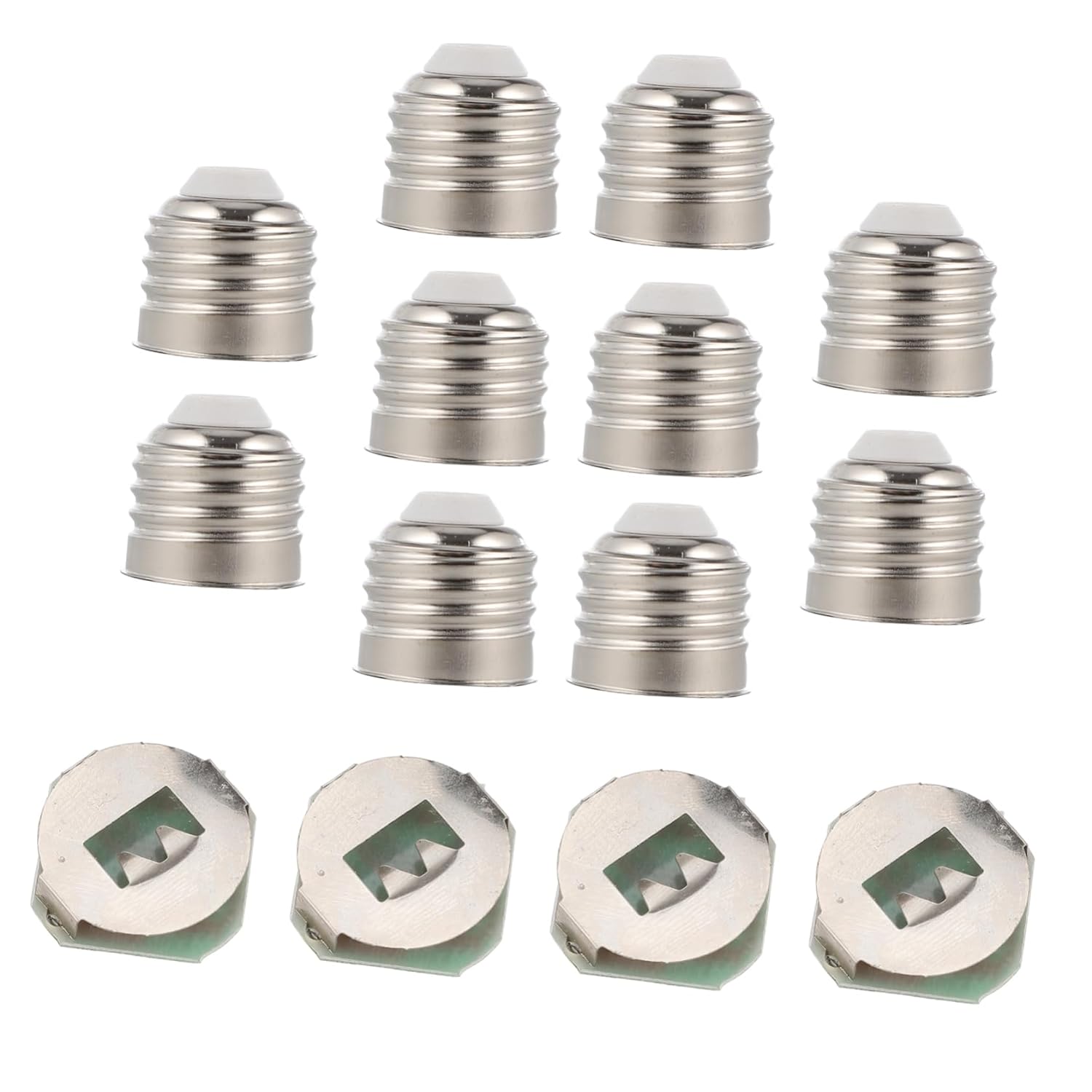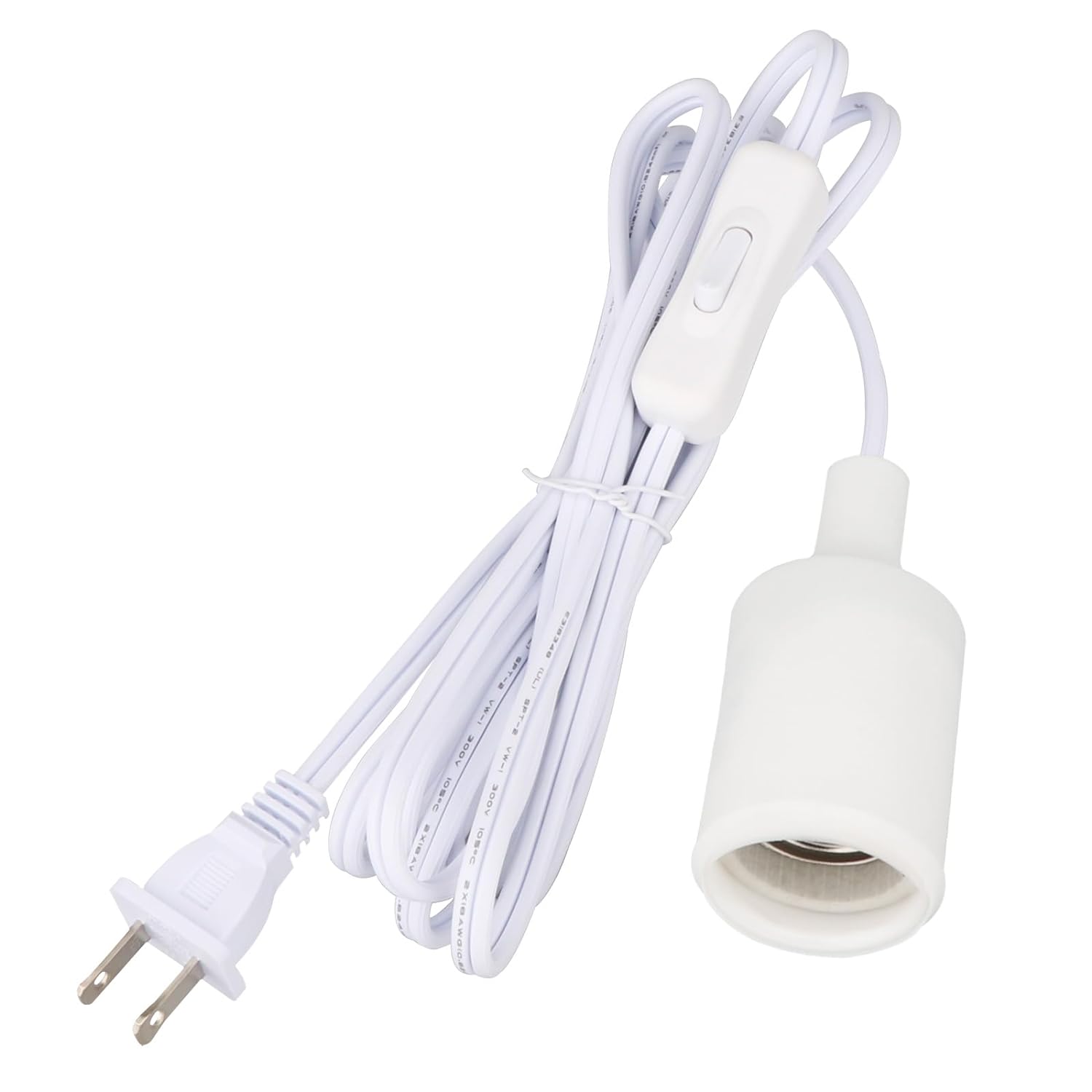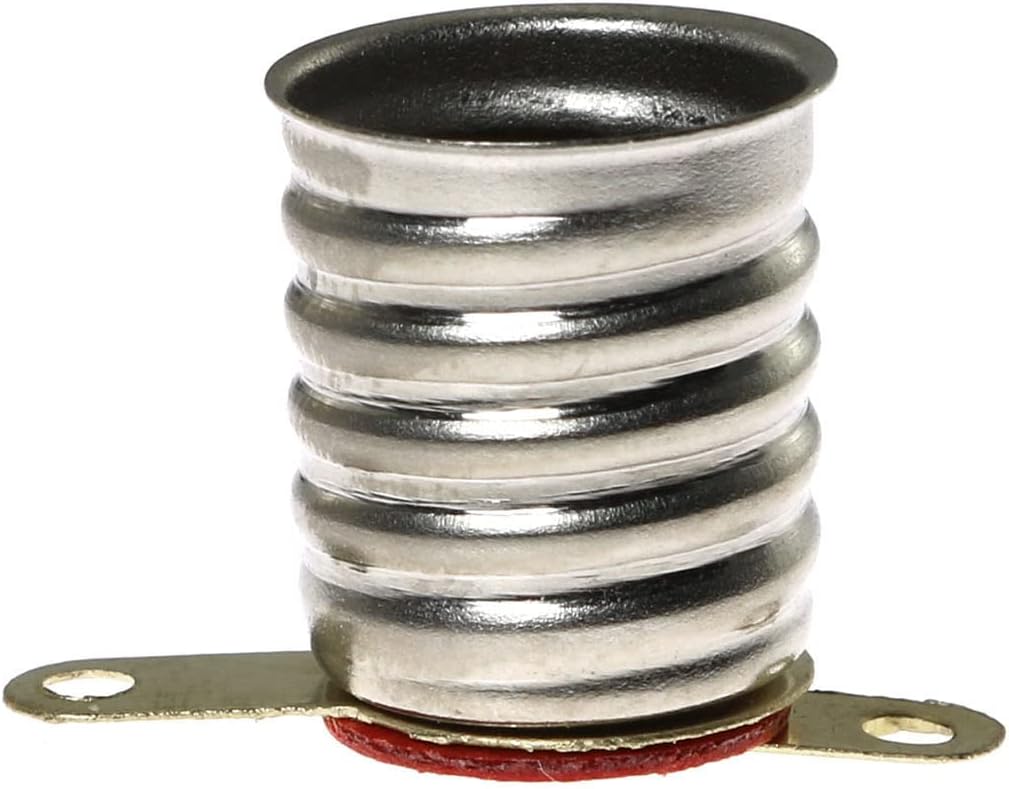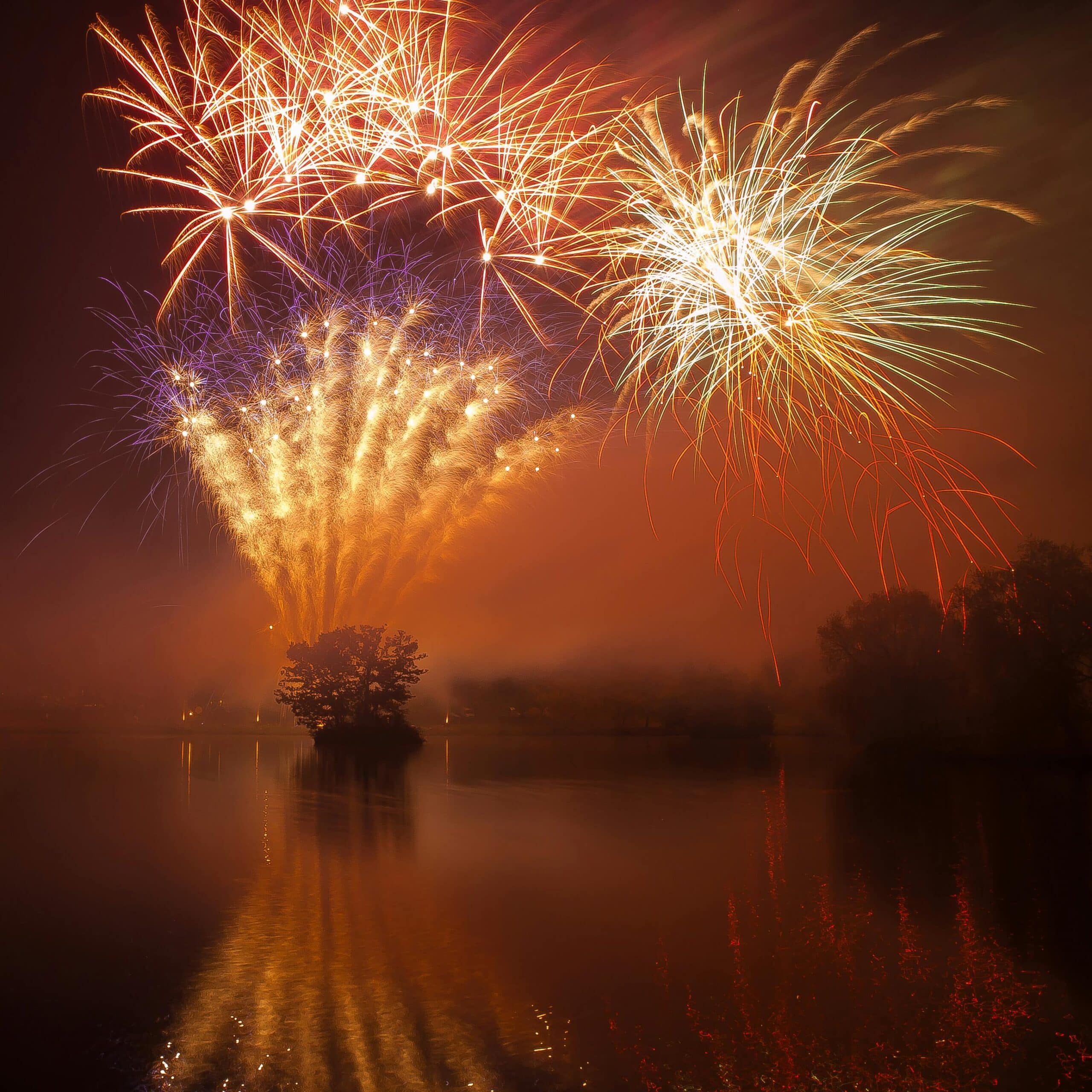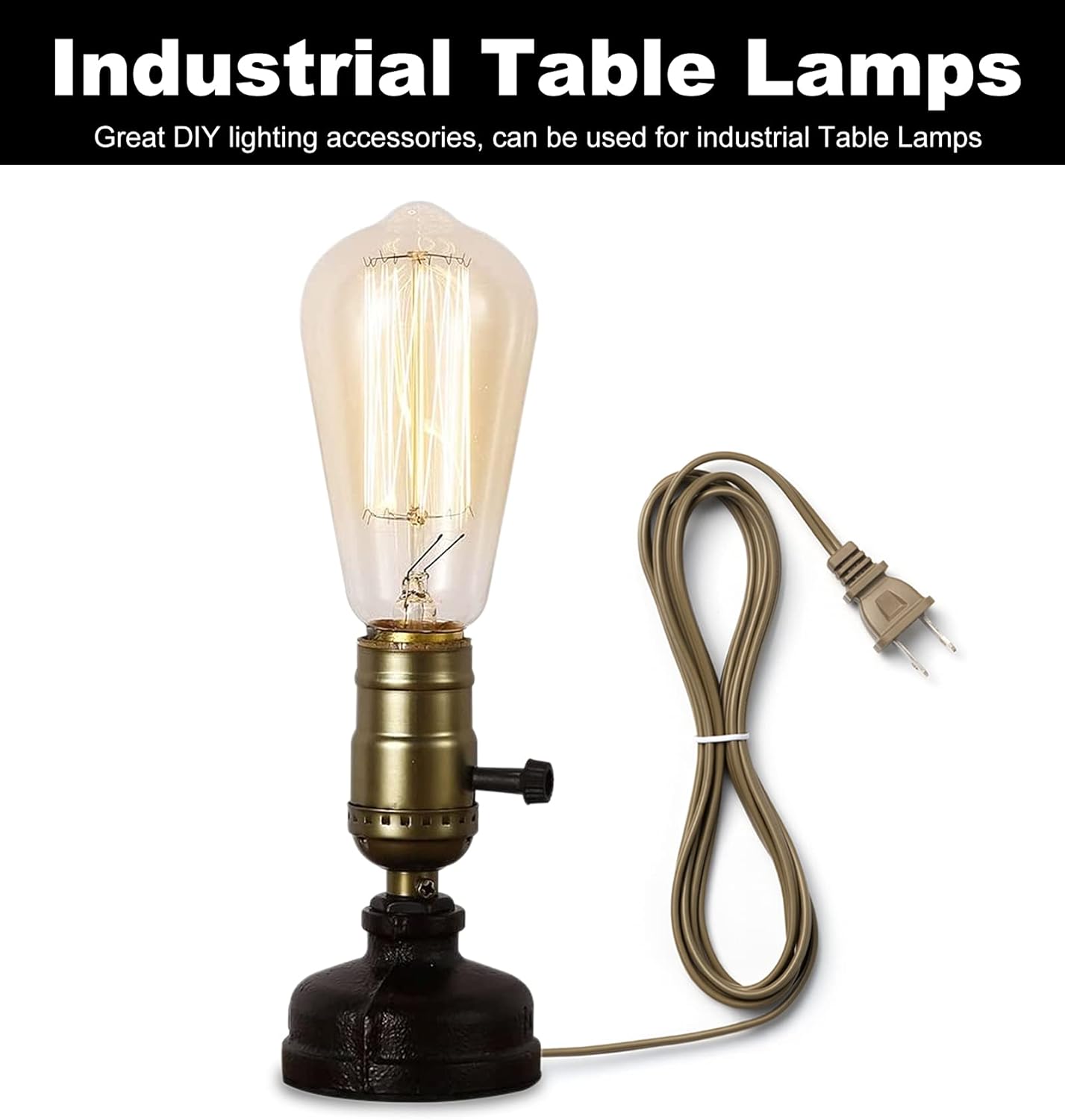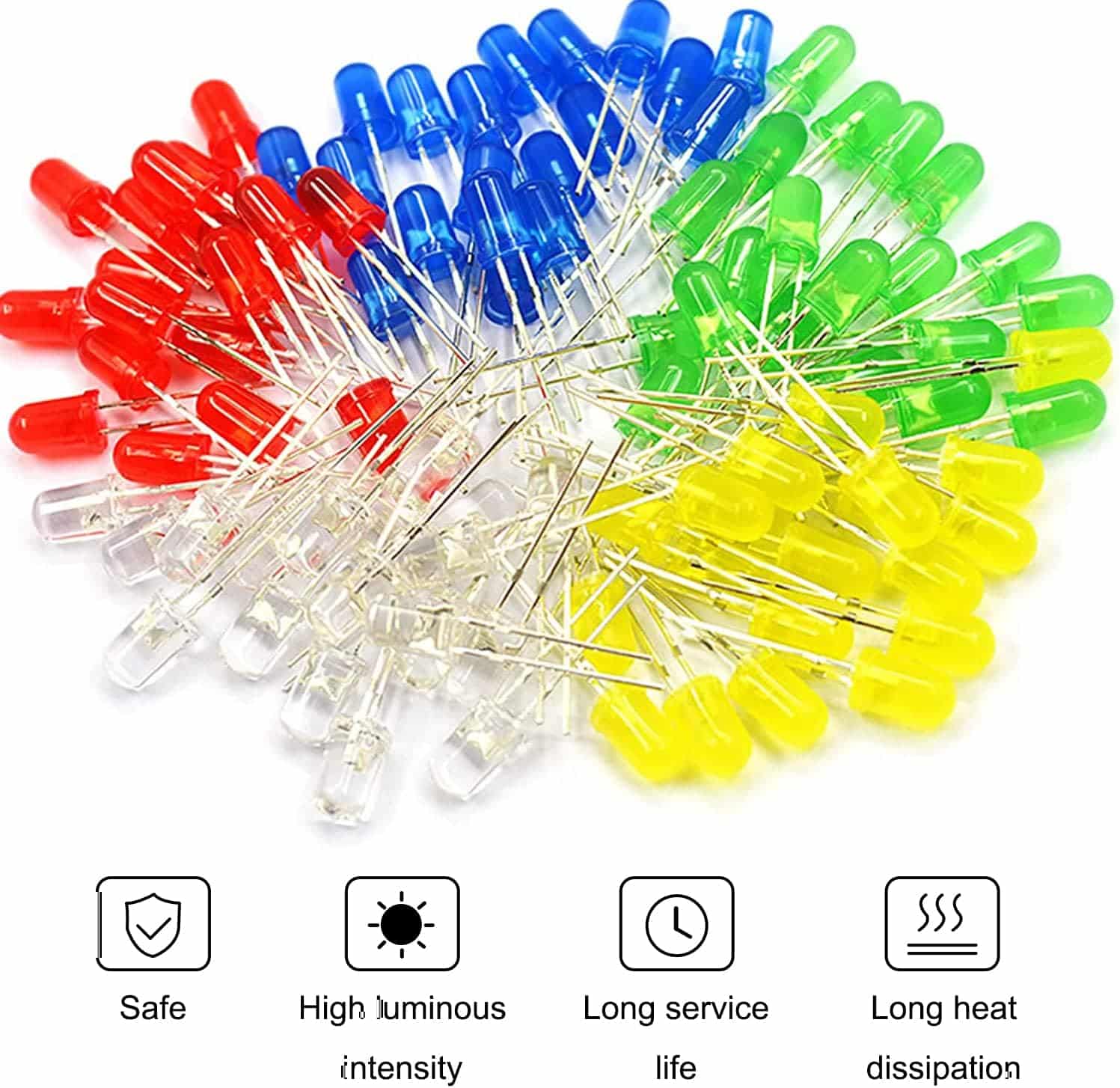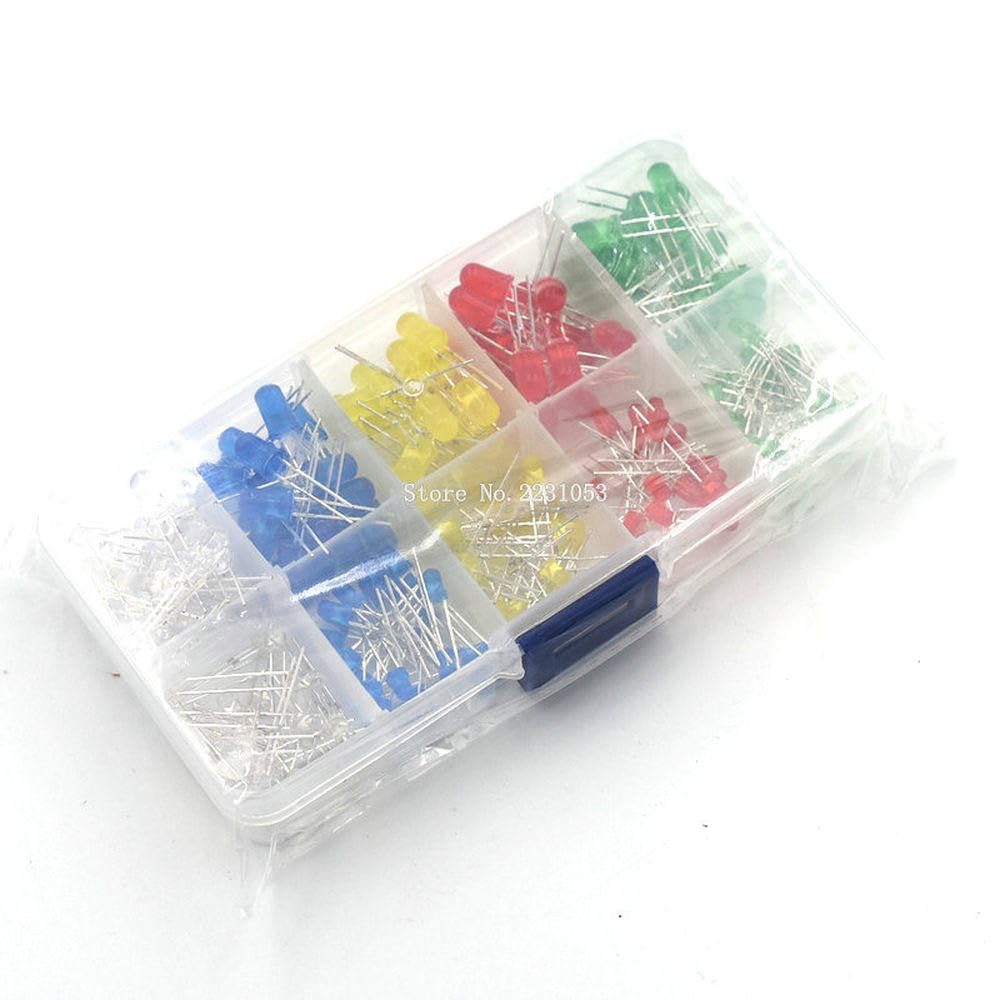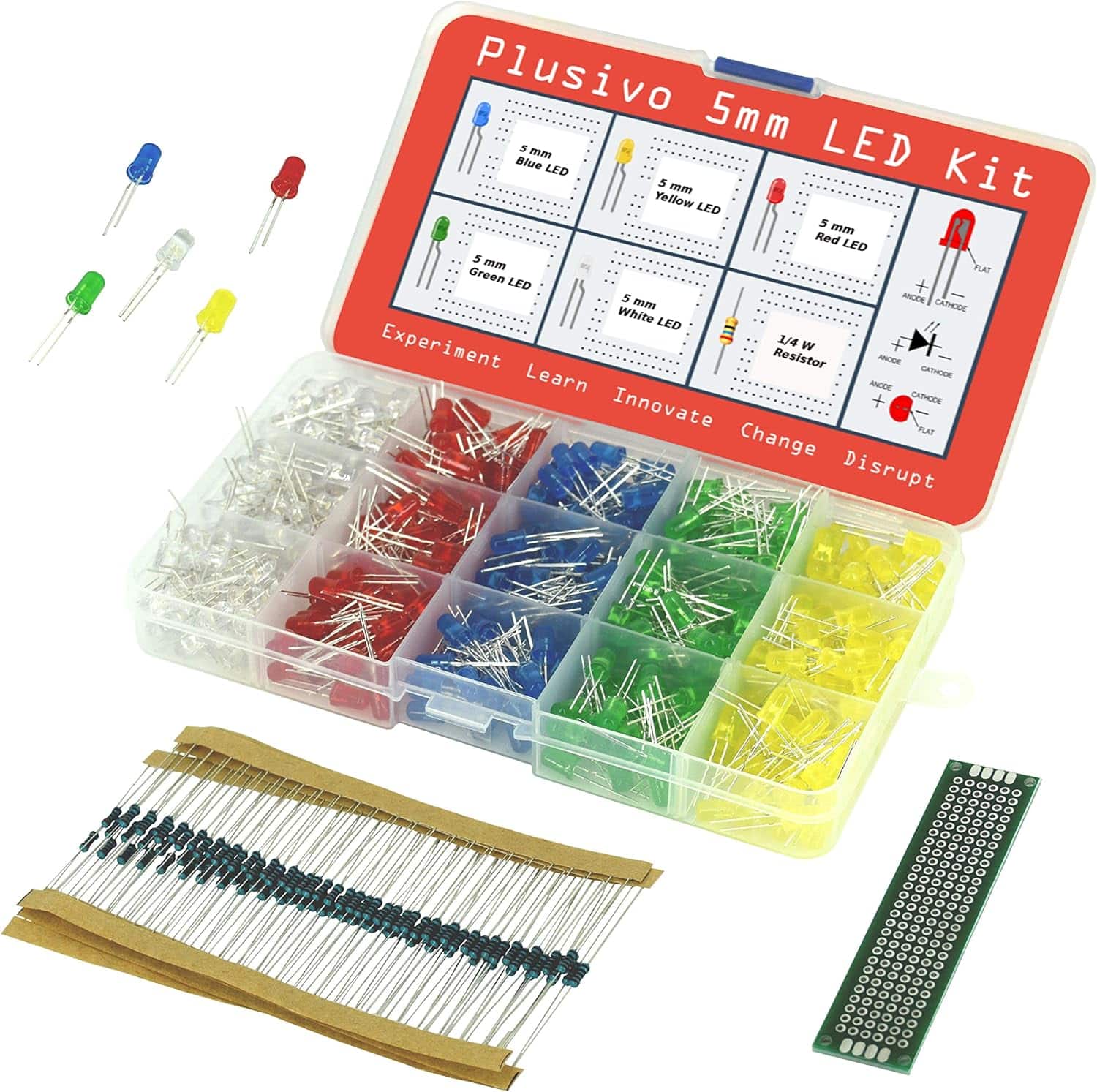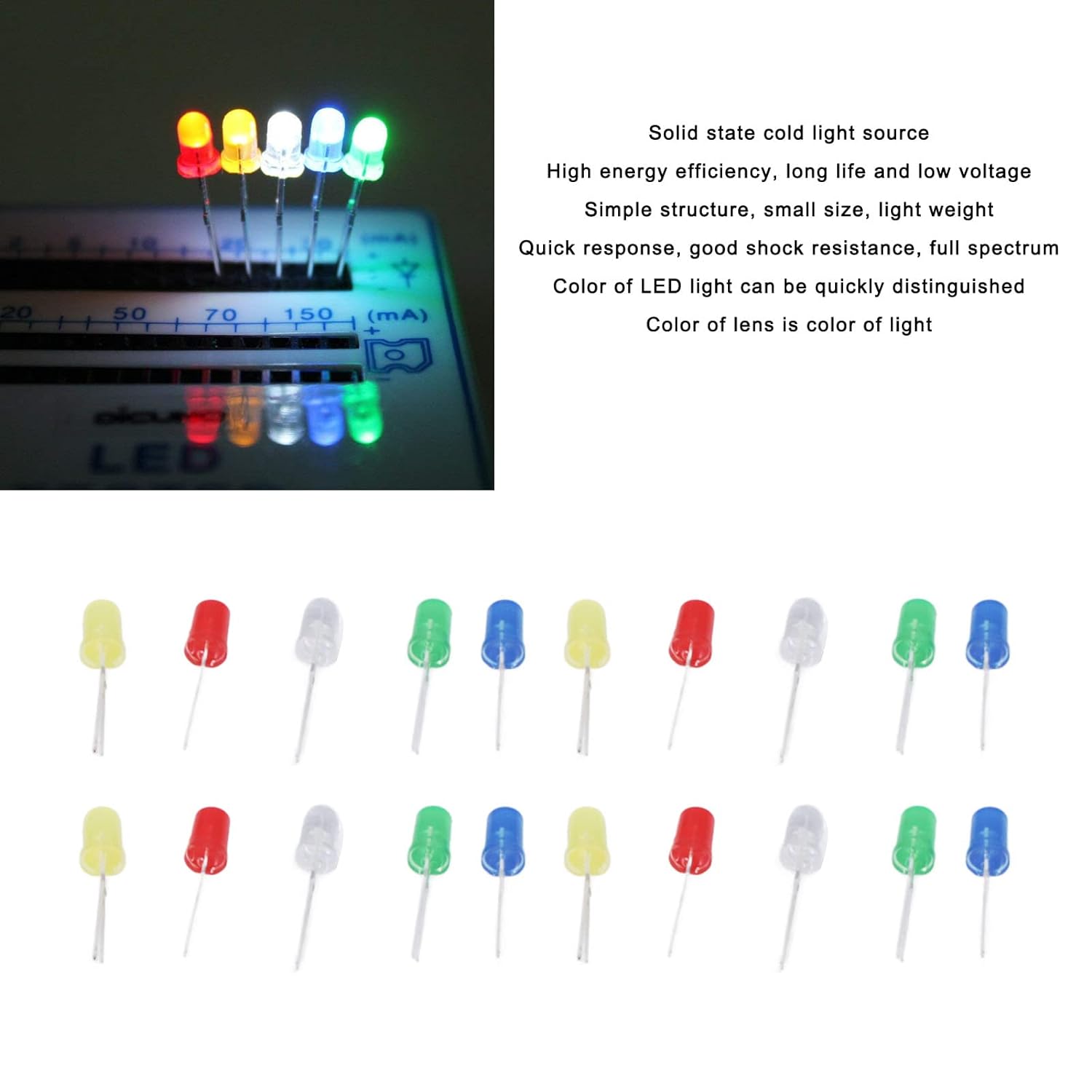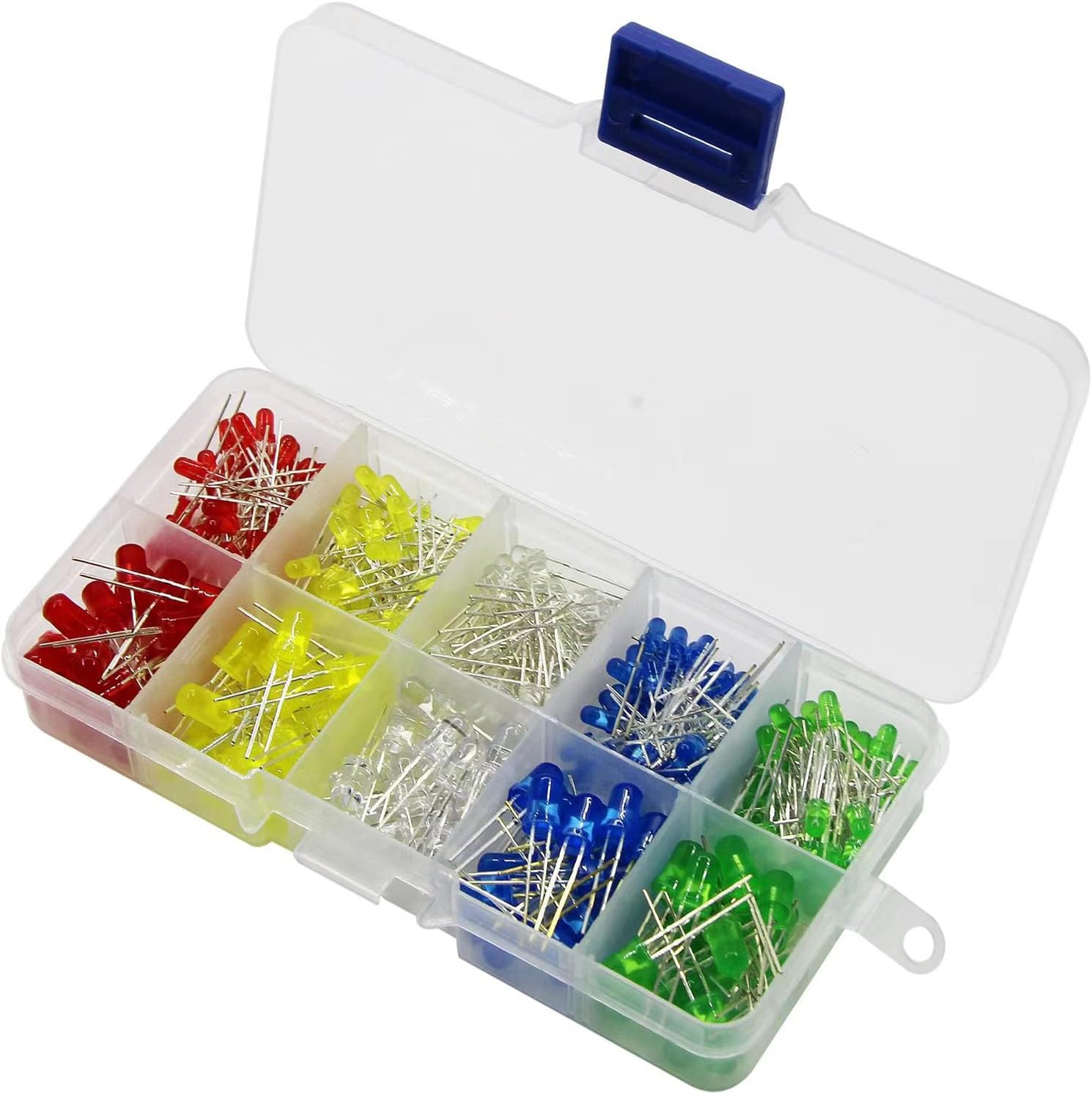Wiring outdoor lighting is a rewarding project that not only enhances the safety and curb appeal of your home but can also be a fun DIY challenge. With some careful planning, the right tools, and attention to detail, you can undertake this endeavor and beautifully illuminate your yard. In this comprehensive guide, I’ll walk you through the step-by-step process of outdoor lighting electrical wiring, from choosing the right fixtures to troubleshooting any issues that may arise.
Key Takeaways
- Test each light fixture with a digital voltage meter before starting the installation
- Select weather-resistant, outdoor-rated wiring materials
- Adhere to local safety standards and electrical codes
- Evaluate and plan your outdoor lighting layout for maximum impact and visual appeal
- Choose between parallel and series circuits based on your setup requirements
- Make secure and weatherproof connections to ensure a long-lasting installation
- Maintain your outdoor lighting system over time by checking voltage levels and replacing bulbs as needed
Understanding the Basics of Outdoor Lighting Installation
When it comes to wiring outdoor lighting, there are essential factors to consider in order to achieve a safe and visually appealing outdoor space. These factors include selecting the right lighting fixtures, choosing appropriate materials, and adhering to safety standards and electrical codes.
Choose the Right Outdoor Lighting Fixtures
Before diving into the installation process, it’s important to first select suitable lighting fixtures for your home. Consider factors such as aesthetics, functionality, and purpose. Think about whether you want to create an inviting ambiance, illuminate pathways for safety or enhance your home’s architectural features. Ultimately, the choice of lights will dictate your outdoor lighting installation approach.
Selecting the Appropriate Wiring and Materials
Choosing appropriate wiring and materials is crucial for a durable and weather-resistant setup. When wiring outdoor lights, opt for outdoor-rated UF cables, as they are designed to withstand various weather conditions and are especially suitable when burying wires. Having the proper materials ensures the longevity and performance of your outdoor lighting system.
Overview of Safety Standards and Electrical Codes
Adhering to safety standards and local electrical codes is paramount for any outdoor lighting installation. Familiarize yourself with the rules and regulations in your area before embarking on your project. Typically, the installation of low-voltage landscape lighting requires a transformer, low-voltage cable, and light fixtures themselves. A digital voltage meter can be particularly useful in maintaining adequate power and even illumination between all fixtures.
In summary, knowing how to wire outdoor lighting requires an understanding of various components, such as fixture selection, appropriate materials, and safety measures. By following this guide’s outdoor lighting wiring tips and considering the essentials, you’ll be well-equipped to create a beautiful and secure outdoor space.
Planning Your Outdoor Lighting Layout for Maximum Impact
Creating a functional and aesthetically pleasing outdoor lighting layout involves selecting the right number and placement of fixtures, achieving visual balance, and incorporating special elements for added atmosphere. Whether it’s the strategic positioning of lights to cast soft shadows or choosing special lighting effects like pond lights or moonlights,

Determining the Number and Placement of Lights
When planning your outdoor lighting installation, consider how many fixtures you’ll need and where to place them. Optimal illumination involves striking a balance between highlighting important areas and allowing for softer, more subtle shadows. By experimenting with different configurations and fixture types, you can establish the perfect lighting layout for your yard.
Creating Visual Highlights and Shadows
Use outdoor lighting wiring techniques strategically to create visual highlights and shadows throughout your yard. For example, if you have a pathway or specific architectural feature you’d like to highlight, place lights in positions that accentuate these elements without overpowering them. At the same time, make sure to include softer lighting in other areas to allow for a more inviting and natural ambiance.
Incorporating Special Lights for Special Effects
The addition of special fixtures can drastically improve the overall impact of your outdoor lighting design. For instance, pond lights can create a magical atmosphere around water features, while moonlights positioned high among tree branches can cast dramatic shadows and add depth to your spaces. Take the time to research and select the ideal wiring outdoor lighting fixtures to suit your desired lighting effects.
When determining the best configuration for your outdoor lighting system, also consider the various options for effective control, such as built-in photocell and timer transformers. Using T-connections to minimize voltage drop can contribute to a more balanced and impactful illumination, ensuring your yard shines beautifully throughout the night.
Steps to Safely Dig and Prepare the Installation Area
As you start your DIY outdoor lighting wiring project, it’s crucial to follow safe digging practices, ensuring minimal disruption to your yard. To carry out an efficient outdoor lighting installation, follow these steps:
- Mark the correct alignment and spacing of light fixtures.
- Carefully remove the sod.
- Create a shallow trench for the wire.
- Prepare the area for inserting the fixture stakes using a large screwdriver or steel punch.
Marking the correct alignment and spacing of light fixtures ahead of time will save you from unnecessary adjustments down the line. Ensure you envision the overall layout of your outdoor space and decide where each fixture will be placed for the most dramatic effect.
When removing sod, it’s important to be gentle, so as not to damage the grass and surrounding plant life. This will make it easier to replace the sod after your wiring and fixture installation is complete.
Note: While burying electrical cables, leave slack at fixture points for connections and don’t bury the cable more than 3 inches deep to facilitate fixture connections.
Avoid using a hammer to insert fixture stakes, as this can cause damage. Instead, use a large screwdriver or steel punch to create a small hole in the ground for the stake. This will help you install the fixture in a more accurate manner without risking damage to the stake.
Following this outdoor lighting wiring guide, you will be able to safely dig and prepare the installation area for a smooth and successful outdoor lighting installation.
How to Wire Outdoor Lighting
Wiring outdoor lighting can be a rewarding project that enhances the curb appeal and safety of your home. To achieve a successful installation, you need to focus on three essential aspects: connecting to a power source, choosing the right circuit type, and ensuring proper voltage for consistent illumination.
Connecting to a Power Source
One of the first steps in outdoor lighting electrical wiring is finding a solid power source. This may involve extending electrical lines from an existing circuit or setting up a new circuit dedicated to the lighting. When connecting your low-voltage lighting system to the power source, it’s crucial to use waterproof connections and adhere to safety standards, including following local electrical codes.
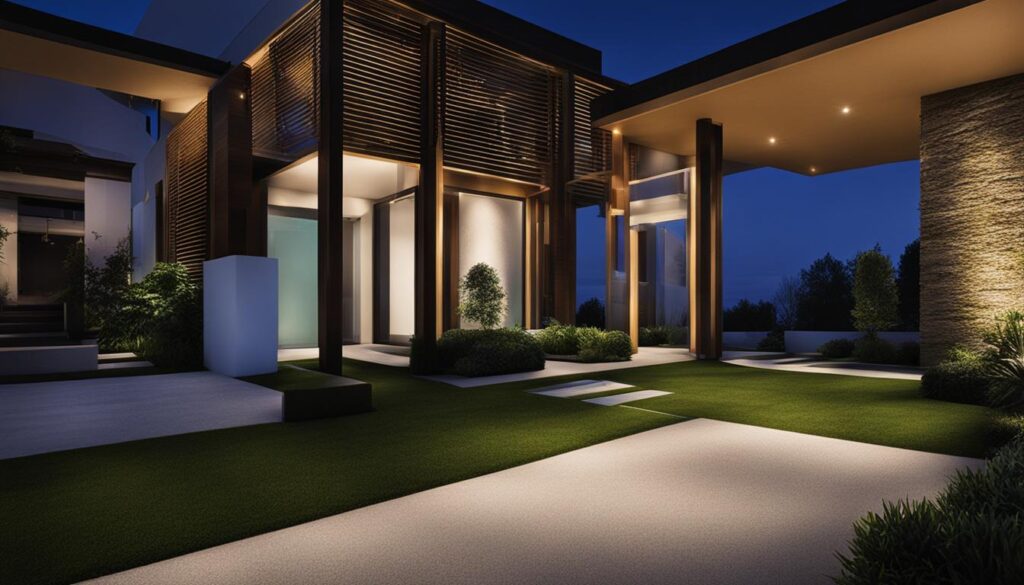
Choosing Between Parallel and Series Circuits
When it comes to outdoor lighting wiring tips, understanding the difference between parallel and series circuits is necessary. A parallel circuit allows multiple pathways for power to flow, which is the ideal configuration for landscape lighting. This ensures that all lights receive the same voltage and remain consistently illuminated, even if one bulb fails. In contrast, in a series circuit, a single pathway exists for the current, making it less suitable for outdoor lighting purposes.
Ensuring Proper Voltage for Consistent Illumination
Managing voltage levels is an essential aspect of how to wire outdoor lighting. A common issue is voltage drop, which can be more pronounced in fixtures further away from the power source. To address this problem, consider using a T-connection. This setup ensures an equal distribution of power across the lights, helping to maintain consistent illumination throughout your outdoor space.
In conclusion, creating a well-planned and executed outdoor lighting system requires careful attention to power sourcing, circuit types, and voltage management. By following these outdoor lighting wiring tips, you can successfully illuminate your outdoor space and boost the safety, security, and beauty of your home.
Installing and Securing Outdoor Light Fixtures
Proper outdoor lighting installation involves careful consideration and attention to detail when it comes to situating and securing each fixture. To ensure optimal performance and aesthetics, one must follow a step-by-step outdoor lighting wiring process.
During the wiring of outdoor lights, it is crucial to avoid placing fixtures too close to walkways, as this might cause them to be bumped into or kicked inadvertently. Instead, ensure that fixtures are evenly spaced and firmly pressed into the ground without tilting. This will help maintain a consistent lighting pattern and reduce the likelihood of mishaps.
For additional stability and safety, pay close attention to the connections between the wires and fixtures. When making these connections, pinch them together until a click is heard. This sound is an indicator that the connections have made proper contact with the wires within.
Securing outdoor light fixtures is an essential part of the overall outdoor lighting installation. By following these procedures, not only will you create a visually appealing and well-lit outdoor space, but you’ll also greatly enhance the safety and performance of your lighting system.
Expert Wiring Outdoor Lights Techniques
When it comes to outdoor lighting wiring, a few expert techniques can make all the difference, ensuring longer-lasting and more reliable installations. This section will shed light on some essential DIY outdoor lighting wiring tips, such as professional splicing methods, weatherproofing connections, and optimizing transformer settings. The goal is to achieve a visually appealing and evenly illuminated outdoor space.

Utilizing Professional Splicing Methods
One important aspect of outdoor lighting wiring techniques is to establish solid, long-lasting connections. Instead of relying on standard press-on fittings, which can fail over time, opt for more reliable wire connectors, such as waterproof wire nuts or silicone-filled connectors. These connectors offer better resistance against corrosion and maintain a solid connection over time.
Weatherproofing and Protecting Connections
Protecting connections from the elements is vital for outdoor lighting installations. Use weatherproof junction boxes, low-voltage connectors, or silicone-filled wire nuts to safeguard and insulate wiring connections. This extra level of protection ensures that your lighting system stands up against harsh weather conditions and continues to deliver reliable performance over the years.
Adjusting Transformer Settings to Optimize Performance
Fine-tuning your transformer settings can make subtle voltage adjustments, ensuring consistent illumination across all fixtures. By setting the voltage taps to the optimal level, you can overcome any potential voltage drop issues and maintain an appealing aesthetic throughout your entire outdoor space. Adjusting multi-tap transformers can also provide more flexibility in the cable layout, further enhancing the performance of your outdoor lighting system.
By following these expert outdoor lighting wiring tips, you can elevate the appearance and efficiency of your outdoor space. All it takes is a bit of attention to detail and some knowledge of proper wiring techniques and practices. With these skills, you’ll be able to enjoy a beautiful and energy-efficient lighting system that adds safety and charm to your home.
Troubleshooting Common Outdoor Lighting Wiring Issues
When encountering issues with your outdoor lighting, troubleshooting primarily involves checking connections and the transformer. A good starting point is to examine low voltage readings, as they can often indicate a bad connection or an overloaded circuit with too many lights.
- Inspect each fixture and ensure that connections have not come loose or that wires have not been damaged.
- Confirm that voltage controls on the transformer are properly set.
- Check for any damaged or burned-out bulbs.
- Examine the power supply and make sure it’s functioning correctly.
The most significant causes of outdoor lighting issues are related to electrical connections. These issues can be quickly resolved with an outdoor lighting wiring guide or consulting a professional with experience in outdoor lighting installation.
Taking the time to perform regular inspections and maintenance can help prevent many of the issue causing factors in outdoor lighting
It’s essential to keep an eye out for any changes in the performance of your outdoor lighting system. By periodically checking for common issues and addressing them promptly, you’ll ensure your outdoor lighting setup remains in optimal condition, providing you with reliable and beautiful illumination for your space.
Maintaining Your Outdoor Lighting System Over Time
When investing time and effort into how to wire outdoor lighting, it’s important to maintain the system for optimal performance and longevity. By regularly checking voltage levels, handling bulb replacements, and ensuring your wiring is free from damage, you can keep your outdoor lighting system in top condition.

Regularly Check Voltage and Light Fixture Performance
To maintain your outdoor lighting system, consistently check voltage levels and each light fixture’s performance. Using a digital voltage meter, ensure all fixtures receive the appropriate voltage, which should range between 10.5 to 12 volts. Regularly observe the illumination of each light to detect any uneven brightness or malfunctioning fixtures.
Handling Bulb Replacements and Upgrades
Replacing burned-out bulbs promptly is essential for preventing additional strain on your outdoor lighting system. Consider upgrading to more efficient, energy-saving bulbs, like LED lamps, for improved performance and an eco-friendly option. These upgrades can provide a brighter, more consistent illumination while conserving energy and reducing electricity costs.
Keeping Your Wiring Free from Damage
Protect your outdoor lighting wiring from potential damage by verifying it’s adequately buried and guarded against environmental factors. Regularly inspect the wiring, especially in areas with heavy foot traffic or near gardening equipment, to prevent accidental cuts or damage. Enlist the help of a professional for outdoor lighting maintenance if you suspect any complications with the wiring.
Wiring Outdoor Lighting for the Perfectly Illuminated Yard
Installing outdoor lighting not only enhances the aesthetic appeal of your home but also provides an additional layer of safety and security. With the right know-how, tools, and a step-by-step outdoor lighting wiring approach, homeowners can effectively wire their outdoor lighting and create a beautifully illuminated outdoor space. Testing and maintenance are key in the process for a well-performing system. For more complex or extensive projects, consulting professionals at NightVision Outdoor Lighting can ensure optimal results and compliance with safety standards.
Transform your yard into a stunning and secure outdoor living space with proper outdoor lighting electrical wiring.
By following a DIY outdoor lighting wiring guide and using the right techniques, you can achieve professional-looking results and a safe installation. Pay attention to these crucial aspects:
- Choose appropriate fixtures and wiring materials
- Plan your lighting layout for maximum impact
- Ensure safe digging and proper cable burying
- Make secure connections to the power source
- Install and secure light fixtures correctly
Remember, testing and maintenance are key to a well-functioning outdoor lighting system. Regular checks, timely replacements, and wiring protection will ensure the longevity of your installation.

Embrace the challenge of wiring your outdoor lighting yourself, and enjoy the satisfaction of creating a inviting and secure space in your yard. Should you need assistance or guidance, don’t hesitate to consult with professional electricians and lighting experts.
FAQs
In wiring outdoor lighting, some common questions might revolve around topics like installation costs and the necessary wiring materials for different types of outdoor lights. Solar and no-wiring light options are also popular inquiries, as they offer energy savings and easier installation. In addition, understanding the electrical requirements for an outdoor lighting system is crucial when it comes to troubleshooting issues.
Other concerns that homeowners often have when installing outdoor lighting include how to avoid light nuisance to neighbors, whether a dedicated circuit is necessary, and the benefits of Ground Fault Circuit Interrupter (GFCI) protection for outdoor lighting fixtures. Complying with local electrical codes and considering the impact on the environment should also be taken into account when planning and implementing an outdoor lighting project.
Further questions homeowners may have when wiring outdoor lights include advice on burying landscape wires, whether to use conduits in certain situations, and when it is necessary to consult with a licensed electrician. Exploring methods to add lighting without traditional wiring can be an alternative solution for those seeking simpler installation processes. With the proper guidance and resources, wiring outdoor lights can enhance the safety and aesthetic appeal of your home.
FAQ
What are the essential materials and tools needed for outdoor lighting installation?
Some essential tools and materials for outdoor lighting installation include outdoor-rated wiring (UF cable), weather-resistant fixtures, a transformer, low-voltage cable, wire connectors, a digital voltage meter, and digging tools such as a shovel and a large screwdriver or steel punch.
What safety measures should be taken when wiring outdoor lighting?
Ensure the wiring and materials used are outdoor-rated and weather-resistant, comply with local electrical codes, use watertight connections for pond lights, and test each light fixture with a digital voltage meter for correct voltage prior to installation.
How do I prevent voltage drop in my outdoor lighting installation?
Minimize voltage drop with strategic cable placement, either using a T-connection or tees for a more even distribution of power and employing a good gauge wire. Additionally, it’s important to adjust your transformer settings to maintain consistent illumination.
What is the difference between a parallel and series circuit in outdoor lighting installation?
In a parallel circuit, each light fixture has its own path to the power source, allowing for better voltage regulation and even illumination. In a series circuit, the voltage decreases as it travels through each light fixture in a single, continuous path, which can cause unequal brightness levels among fixtures.
How do I maintain and troubleshoot my outdoor lighting system to ensure optimal performance?
Regular maintenance includes checking voltage levels, ensuring each fixture is working, promptly replacing burned-out bulbs, and keeping wiring protected. Troubleshooting typically starts with checking connections, looking for loose wires or damaged cables, and ensuring proper transformer settings and voltage controls.
When burying landscape wires, do I need to use a conduit?
While using conduit isn’t always required, it’s wise to consult your local electrical codes for further guidance. Conduit can provide additional protection for outdoor lighting wiring and may be necessary depending on your specific situation.
Can I add outdoor lighting without using traditional wiring methods?
Solar and wireless lighting options are available for those seeking a no-wiring outdoor lighting solution. Solar lights don’t need any external wiring and convert sunlight into energy to power the lights. Wireless outdoor lighting options can be controlled through remote controllers or smart devices without the need for hardwired connections.


